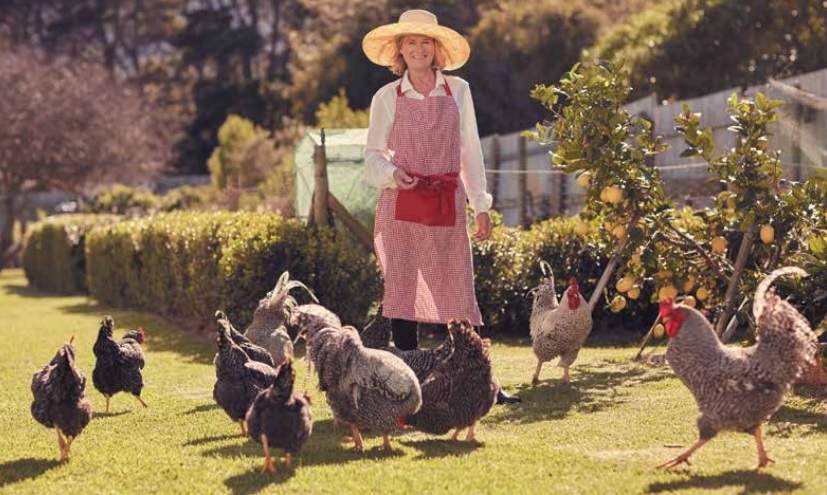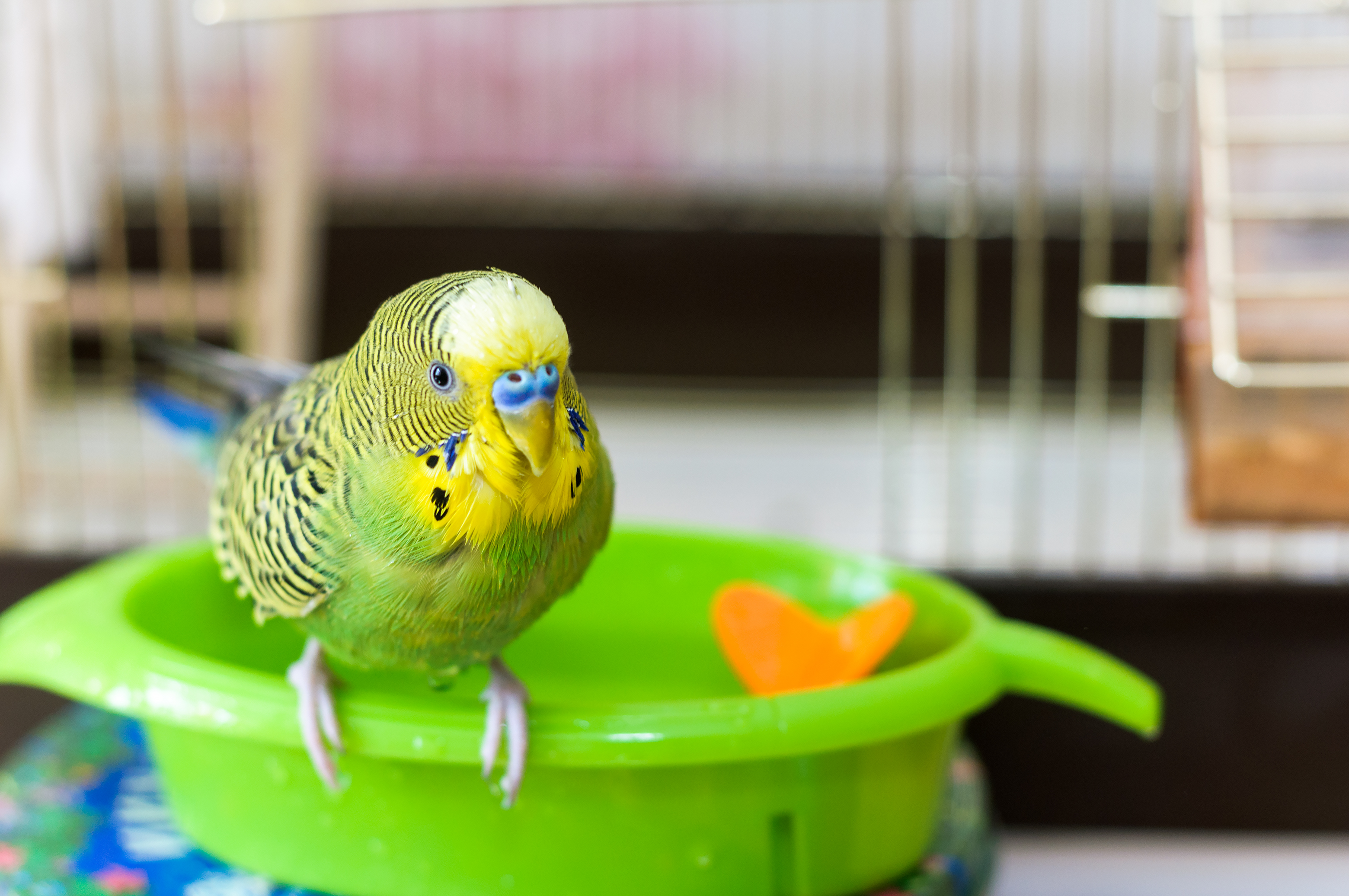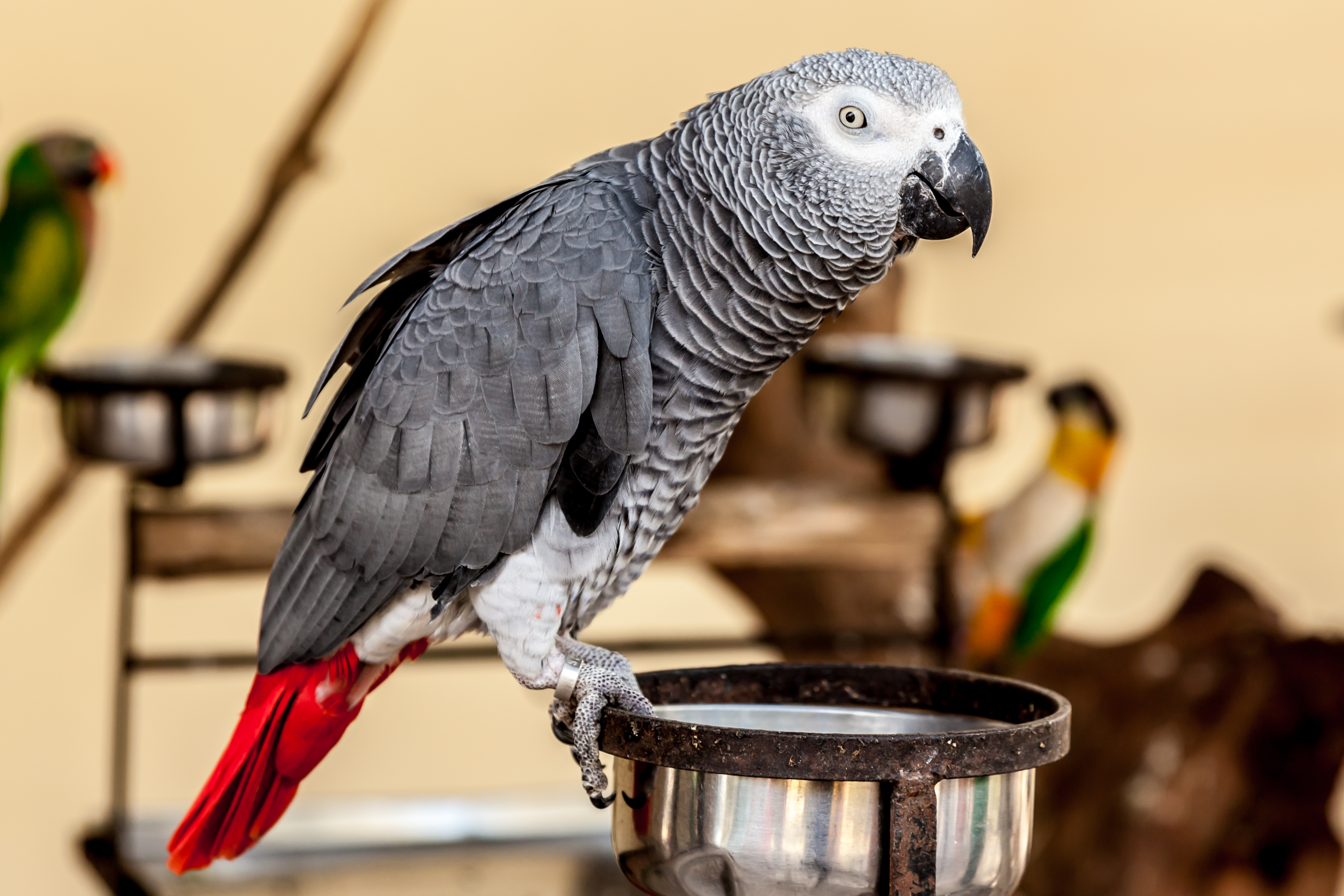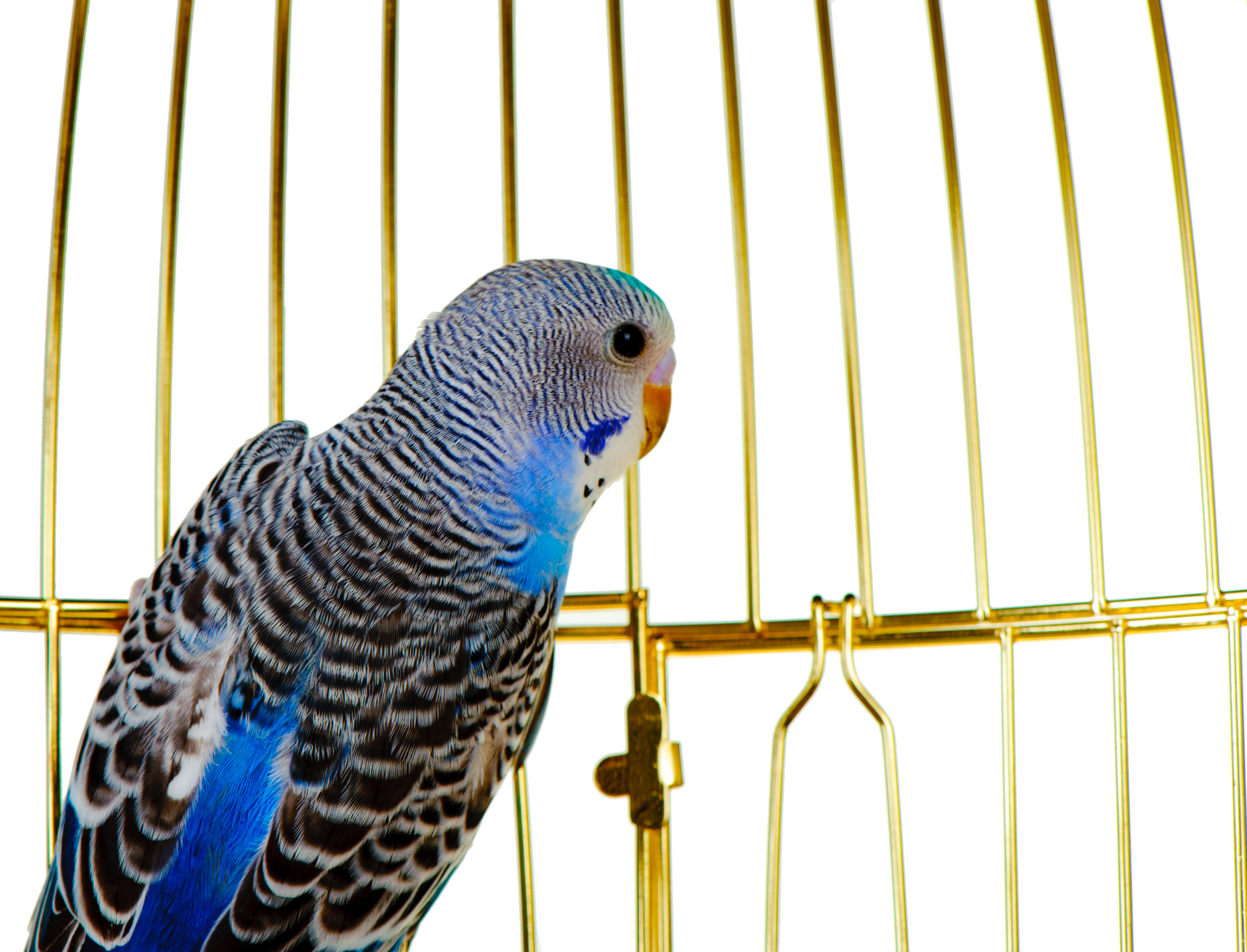Products for Backyard Fowl Deserve a Place on Store Shelves
Erik J. Martin //May 7, 2018//
Which came first: the chicken or the egg? Ask urban poultry pet keepers, and they’ll likely say it doesn’t matter, as both are equally important.
That’s because these folks are increasingly turning barnyard birds like hens, roosters, ducks and geese into backyard companions that can be as appreciated as pets as they are as egg-layers. And your golden goose opportunity as a retailer is to give a cluck about their needs by being the go-to supplier of urban poultry goods.
Cock-a-doodle-do
It Patrick Biggs, PhD, flock nutritionist with Gray Summit, Missouri-based Purina Animal Nutrition—known for its Purina Flock Strong line of poultry feeds— says the popularity of raising fowl far from the farm continues to grow.
“Backyard flocks can be found in cities across the nation, in both rural and urban areas,” he said. “One of the top reasons is that you can produce your own food, as some hens can lay up to 300 fresh eggs per year.”
Jason Savitt, president of Chicago-based Prevue Pet Products, which manufactures coops for up to eight chickens, says the public’s penchant for eating healthier taps into this demand.
“The trend of knowing where your food comes from and consuming organic products you produce yourself is on the rise. Plus, chickens and other backyard fowl are surprisingly fun and loving pets,” Savitt said.
Thomas J. Parkhill, owner of ChickenGuardian, the Melissa, Texas-headquartered distributor of ChickenGuard automatic coop doors—concurs.
“With the controversy surrounding genetically modified food, growing and raising non-GMO food is on the rise,” Parkhill noted. “Plus, the rash of recent articles and viral videos showing the poor condition and treatment of chickens by large producers has inspired animal lovers to try raising chickens themselves.”
Follow the Feather Trail
The first-time backyard chickens owner spends an average of $750 on the hobby, according to data provided by Tractor Supply Company, a retail chain based in Brentwood, Tennessee, that sells ample urban poultry wares in stores across 49 states.
“The average flock size among our customers is over 10 birds, and a lot of them are city slickers who are interested in expanding their flock size and looking for unique breeds with different colors and variation. They’re keeping them year-round as cooped and free-range birds and are committed for the long haul,” said Tiffany Denter, poultry/wild bird buyer for Tractor Supply Company, adding that most chickens enjoy a 10-year lifespan.
“Higher-end merchandise, such as reclaimed wood coops and hutches, automated chicken doors and vents, and internet-connected apps to control your flock are all trending right now,” said Austin Johnson, founder of eFowl, the Denver-headquartered urban poultry online marketplace. “We’ve even seen a movement toward chicken diapers.”
Such products are offered by My Pet Chicken, Pampered Chicken and other vendors. Parkhill, meanwhile, has noticed growing interest in chicken-related clothing and apparel. Exhibit A: an egg-collecting apron by Fluffy Layers that features egg pockets to make gathering eggs fun for kids and adults.
The newest product in this subcategory that’s caught Denter’s eye is a topical ointment called Green Goo 100% All Natural Animal First Aid. She says she’s also observed a greater demand for incubators, as well as higher-quality feeds, treats and supplements.
Indeed, proper nutrition for these birds is crucial, Biggs says.
“Baby chicks need 38 unique nutrients to grow into healthy, happy hens,” said Biggs, citing Purina’s Chick Strong feeds as meeting these criteria. “Transitioning from a starter-grower feed to a layer feed is critical for raising hens. They need four grams of calcium per day for sustained egg production.”
Treats and scraps, meanwhile, “should comprise no more than 10 percent of the daily diet,” Biggs cautions.
Other diets commanding market share include Brown’s Encore Natural Layer Booster Daily Diet for adult hens, which is acclaimed for its natural plant proteins and sun-ripened grains and being free of animal proteins and fat; MannaPro’s 16% All Flock Crumbles with Probiotics to support gut health and digestion; and Scratch and Peck Feeds’ organic feed for chickens and ducks.
Necessary Poultry Products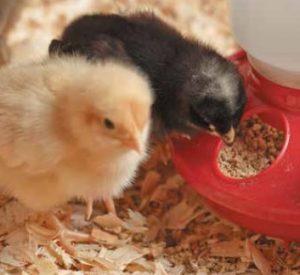
Carrying supplements and treats is important, too. Brown’s Poultry Grit Plus provides essential grinding aids that help birds digest their foods. Grubblies serve as an all-natural daily snack loaded with black solider fly grubs. Happy Hen Treats’ Party Mix Mealworm and Oats are favorites on and off the farm. And Caporale Pet Supplies distributes a Chicken Love line of tasty treats for chickens and ducks.
Don’t overlook hard goods, either. Kaytee makes a Chicken and Chick Starter Kit that bundles together a feeder, waterer, treat dispensing toy, food scoop and coupon good toward poultry feed. Harris Farms offers an array of plastic and galvanized feeders and drinkers, along with its trusted Poultry Watering Nipples. Automated poultry watering systems like the Chicken Fountain are prized by poultry patrons, too.
Coops worth considering are plentiful. One is New Age Pet’s Monterey Chicken Barn, accommodating up to six hens and boasting two doors, predator-resistant latches and additional venting; this coop is also made with ecoFlex, a proprietary formula that incorporates reclaimed wood and plastic into the material to better resist wear and tear, mold, insects, moisture, warping, fading or discoloration. Other notable coops also include the Hen Haven Chicken Coop by Midwest Homes for Pets, made from weather-resistant and durable composite plastic wood; and Prevue’s newest model (#4701) with an integrated planter bay for growing herbs, flowers or plants.
Grade A Tips
Keen to get in on the backyard fowl scene? Plan your entry into this segment carefully, experts recommend.
“Focus first on the egg-laying needs of the customer—that’s what gets them into the backyard poultry hobby,” said Denter, who recommends stocking, at minimum, a handful of daily diets, treats and coops/ enclosures.
Next, capitalize on the fact that “people want to buy local—whether it’s feed, coops or even live chicks,” Johnson said. “So make sure that when consumers are hunting for local options online and want to avoid shipping costs and wait times, your store’s website comes up in the search results.”
Additionally, draw attention to your urban farm line by creating at least a small area that gives the feeling of a backyard farm.
“You want to show shoppers how a coop and all these products would look in their backyard. People want to visualize how they can make chickens work within their lifestyle and outdoor space,” Savitt recommended.
Try hosting educational events like an urban poultry workshop, “where customers can come learn about raising chickens—it’s a great way to build relationships with your community,” Parkhill suggested.
Also, beef up on online videos and social media messaging, “which are great tactics for generating excitement around these animals and related products,” Parkhill added.
